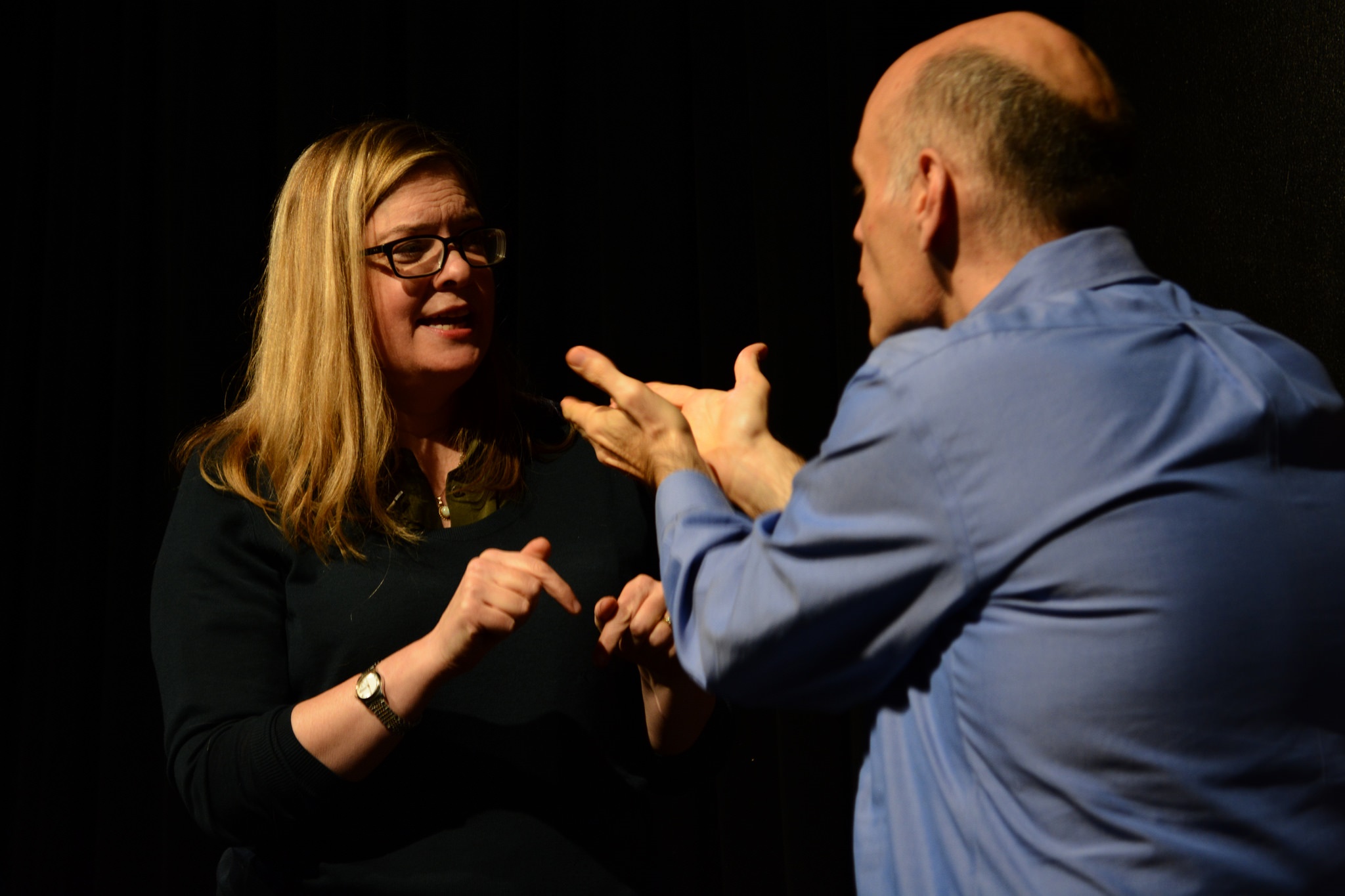How to Improve Your Improv in Seconds

This sounds like click bait, but trust me, it’s not. It works.
I have been teaching improv since 1992 and this is the one thing I have seen over the years that improvisers always need to work on, and when they do, they usually improve instantly. When improvisers use this tip, good improvisers can become great, and great improvisers can become brilliant.
Have I built up the suspense enough?
Tip: Improvise Only One or Two Lines at a Time.
When you do this, it's almost like it changes your brain chemistry. It slows you down and forces you to listen on a deeper level. You choose your words more carefully. Plus, you’d be surprised how much you can pack into one or two sentences. When you are really listening, your sentences become more concentrated, and the scene won’t meander as much as you try to figure out where you’re going.
When you say only one line at a time, you make it easier for your partner to improvise and you can truly create something together. It stops a scene from becoming a monologue where people are fighting to take up space and instead lets each person take a turn, something we all learned in Kindergarten.
And, if you respond to what your partner says and build off of it, your improv will go to the next level. It's a very simple note, but it takes discipline and some adjusting. Give yourself permission to do it poorly first, and trust me, if you stay the course with it you will see improvement in your improv.
It doesn't matter who I am teaching, what country they are from, or if they are seasoned improviser or new to improv, not taking time to improvise one line at a time is the number one issue I see in scenic improv today. Yes, 20% of the time "monologuing" works for the character or the scene, but 80% of the time, it’s better to focus on doing one or two lines at time.
Del Close used to use the tennis game analogy, which I have stolen from him. Improvising should be like hitting the ball and waiting for your partner to hit it back.
The best part is when my students start doing this, their scenes hold together better and they often surprise themselves and their partners with how well they do. The best part is they are even more excited about improv, which is a good thing. Try it and let me know how it goes. I hope you have the same success as my students have had over the years.

